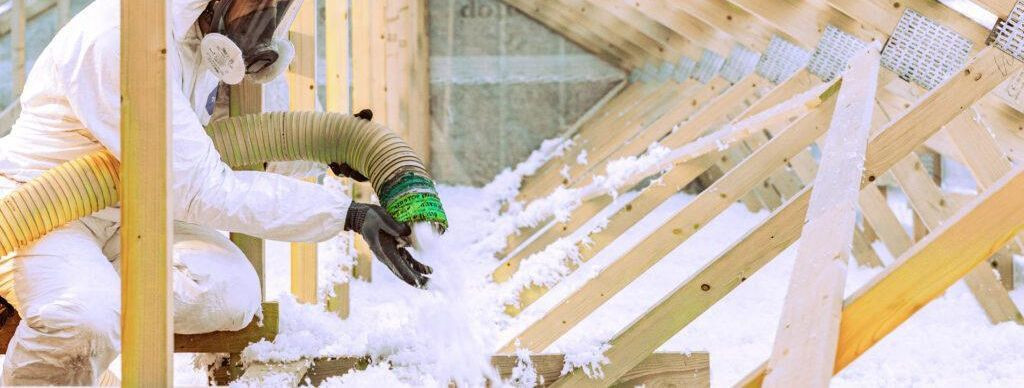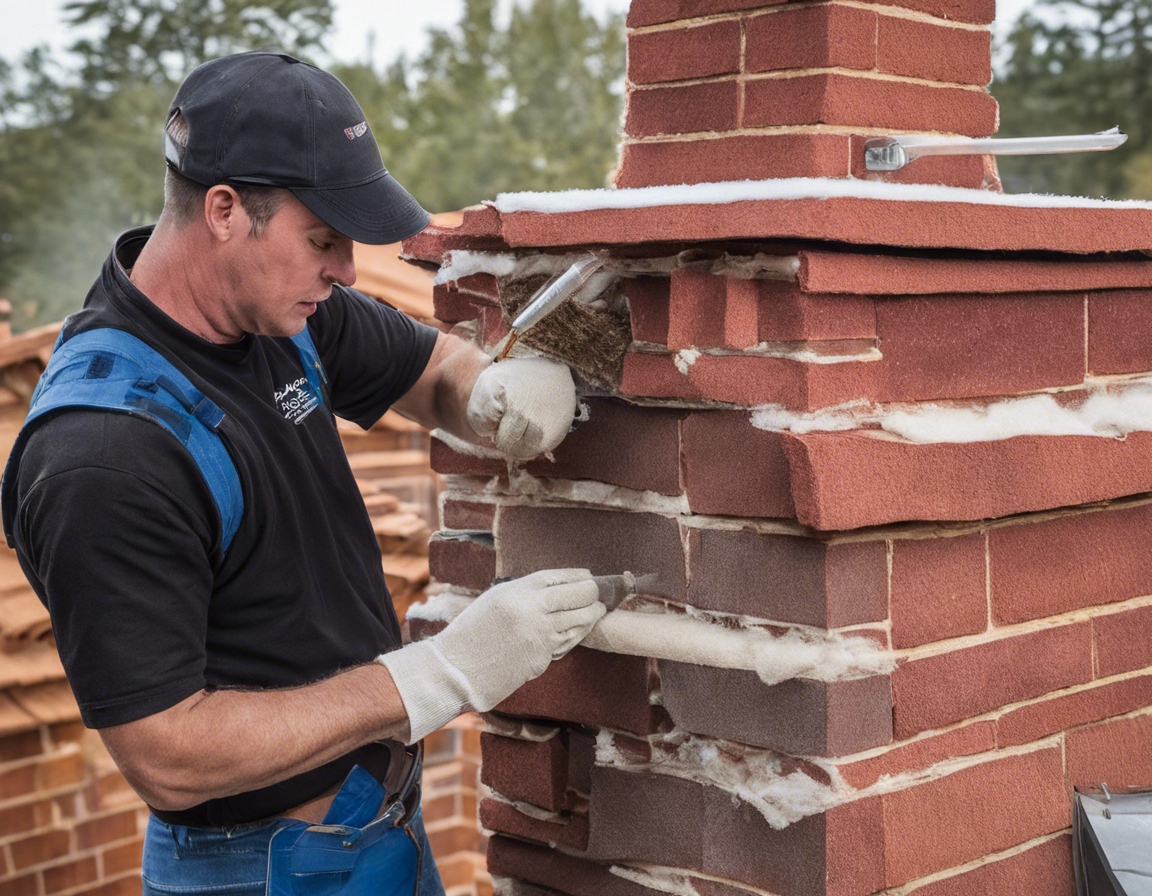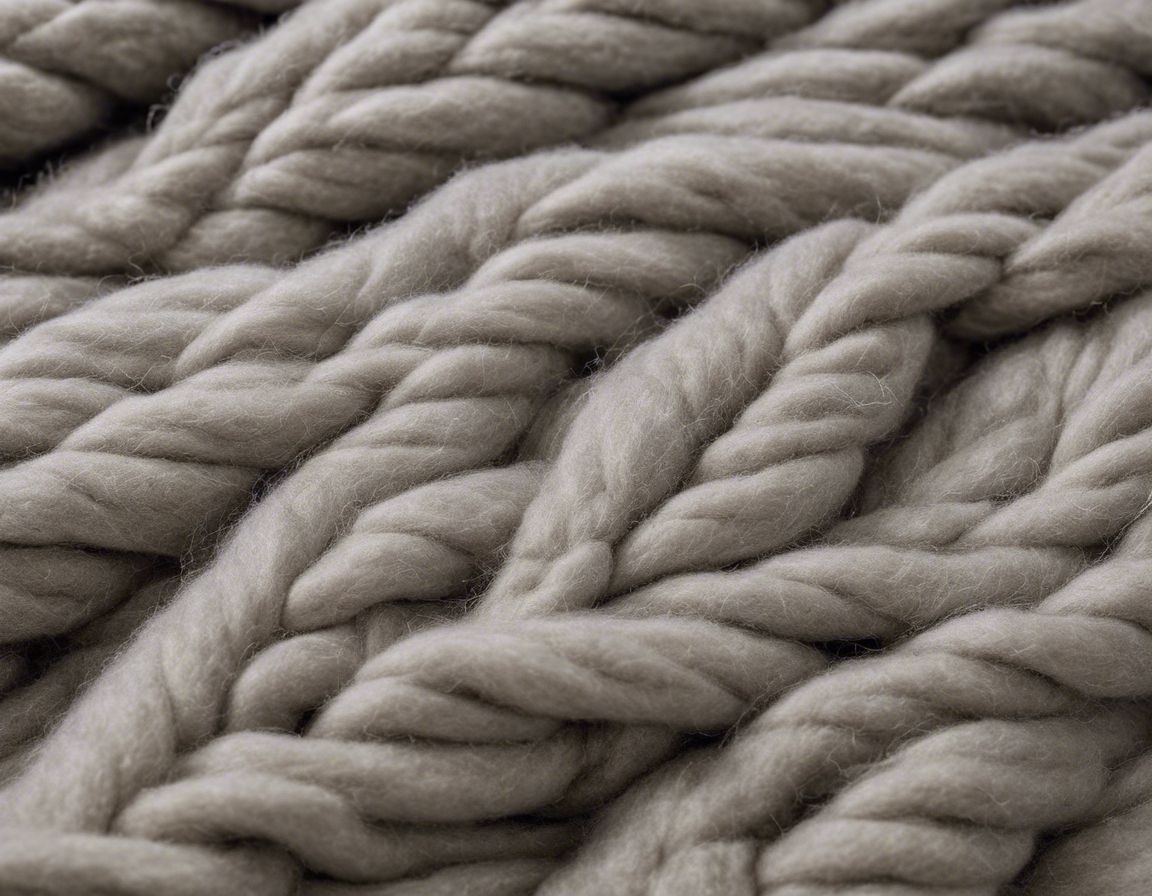How to reduce your heating bills with proper insulation
Insulation is a material or substance that is used to prevent the transfer of heat. It works by creating a barrier between the inside of a building and the outside environment, slowing down the flow of heat. This helps maintain a consistent temperature within the home, reducing the need for heating in the winter and cooling in the summer.
Proper insulation can significantly reduce heating bills by keeping warm air inside during the colder months. This means your heating system doesn't have to work as hard to maintain a comfortable temperature, leading to lower energy consumption and costs.
Types of Insulation Materials
Fiberglass is a common type of insulation made from fine glass fibers. It's affordable and effective, but it must be handled with care due to the tiny glass particles that can irritate the skin and lungs.
Cellulose insulation is made from recycled paper products and is treated with fire retardants. It's an eco-friendly option that provides good thermal performance.
Foam insulation comes in two forms: spray foam and rigid foam boards. Spray foam expands to fill cavities, providing an airtight seal, while rigid foam boards are great for insulating flat surfaces like walls and roofs.
For those interested in sustainable living, natural insulation materials like sheep's wool, cotton, and cork offer effective insulation with a lower environmental impact.
Assessing Your Home's Insulation Needs
An energy audit can help you understand where your home is losing heat and what insulation improvements are needed. This can be done by a professional or through DIY methods.
Common areas where heat is lost include the attic, walls, floors, and around doors and windows. Identifying these areas is crucial for targeting insulation upgrades.
Improving Insulation in Key Areas
Insulating your attic and roof is one of the most effective ways to reduce heat loss. Proper insulation here can prevent warm air from escaping and reduce the formation of ice dams in winter.
Adding insulation to walls can be more challenging, especially in existing homes, but it's essential for creating a thermal envelope that keeps heat in.
Insulating floors and foundations can prevent cold air from seeping into your home from the ground, further reducing the need for heating.
While not as significant as walls or attics, insulating around doors and windows can help eliminate drafts and small heat leaks.
Installation Tips and Best Practices
While some insulation projects can be done by homeowners, professional installation ensures that the insulation is installed correctly and efficiently, maximizing its effectiveness.
Proper ventilation is essential to prevent moisture buildup, which can lead to mold and reduce insulation effectiveness. Make sure that your insulation does not block ventilation paths.
Before adding insulation, it's important to seal any air leaks. This can be done with caulking or weatherstripping, and it ensures that your insulation works as effectively as possible.
Financial Incentives and Benefits
In Estonia, there may be government grants and subsidies available to help offset the cost of insulation upgrades. These can make it more affordable to improve your home's energy efficiency.
While the upfront cost of insulation can be significant, the long-term savings on heating bills and the return on investment make it a financially wise choice for many homeowners.






Comments (0)